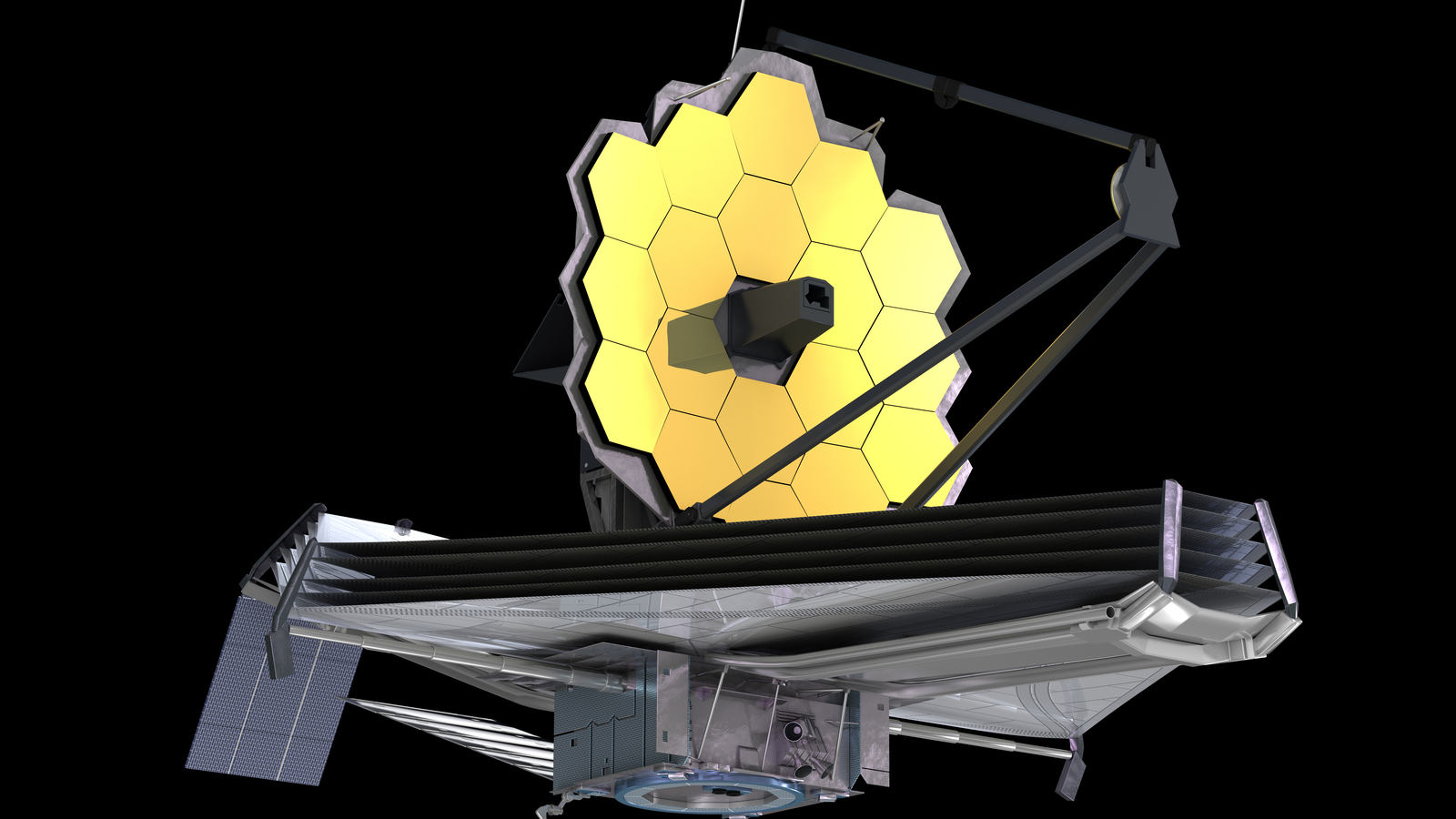James Webb, the super space telescope developed by NASA, ESA and CSA, still sends us photographs to die for. This time, it was the Tourbillon Galaxy that passed in front of its infrared lenses, and the result is truly splendid.
Discovered by the eminent French astronomer Charles Messier in 1773, this galaxy (also called M51) is located relatively close to us, in the boreal constellation of the Hunting Dogs. His appearance was known and rather unique, but never had he been able to admire him with such precision. This astonishing result is due to the equipment of the telescope, specialized in infrared: the latter had brought back to us spectacular captures of the Lyra Nebula at the beginning of the month thanks to its specialized objectives.
A farandole of colors and circular shapes
M51 is rather peculiar, which makes its observation even more interesting. While many spiral galaxies exhibit rather chaotic arms, the Whirlwind Galaxy develops well-defined and clearly observable arms (see photo below). This is what earned him his nickname.
The warm colors of the photograph (orange and yellow) are in fact the regions made up of ionized gas, that is to say a gas which contains charged particles (ions and electrons) and neutral particles (molecules or atoms). The dark red color that can be seen on the pictures corresponds to the presence of cosmic dust, essentially composed of grains of size less than that of a micrometer.
James Webb discovering the stars
If the telescope regularly sends such beautiful pictures and participates in extraordinary discoveries thanks to its cutting-edge technology, it is because it is at the center of a very special project. Baptized “Feedback In Emerging extrAgalactic Star clusTers” (FEAST), its purpose is to observe and understand the link between stellar feedback (the influence of new stars on their environment, in particular on dust and clouds of gas) and the formation of new stars. As its name suggests, FEAST focuses on the galaxies beyond our own, the Milky Way.
There is no denying that James Webb is a blessing for both scientists and space enthusiasts. Thanks to his advanced equipment, the images he brings back are always spectacular to observe and contribute to a better understanding of our universe. We were able to observe a star nursery, Jupiter, the Orion Nebula or even an exoplanet with astonishing details. Designed for a lifespan of at least five and a half years, we will still have plenty of time to admire its images for years to come.
Source : ESA

3